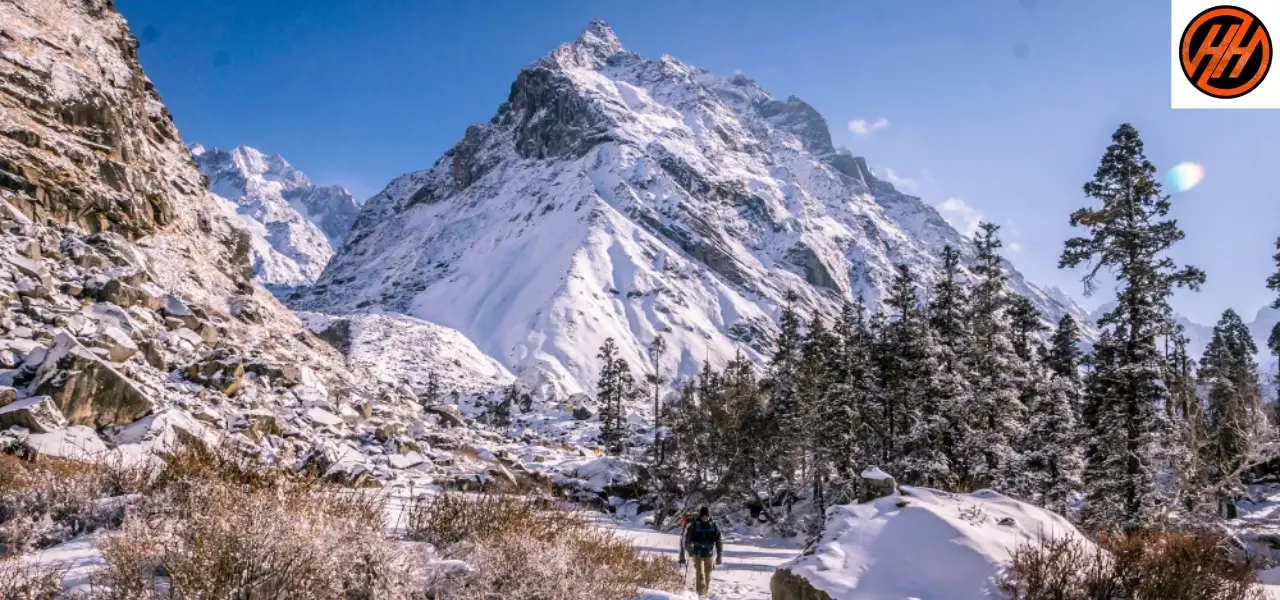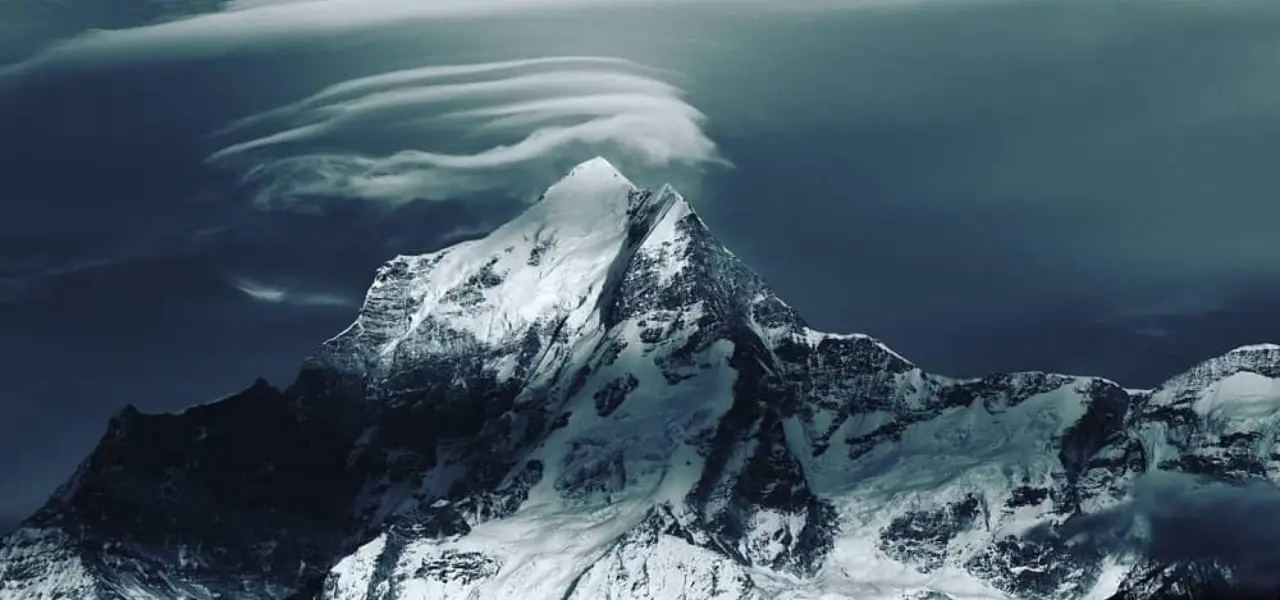
Top National Parks in Uttarakhand for Trekking and Wildlife
6 Top National Parks in Uttarakhand (2025 Guide to Treks & Wildlife)
We all know Uttarakhand is called Devbhoomi, the Land of Gods, is not only a spiritual paradise but also nature and adventure enthusiasts’ paradise. Situated in the Himalayas’ lap, this Indian state boasts some of the most stunning national parks where nature exists in its pristine form. Whether you are a wildlife photographer, trekking buff, or a nature lover who admires pristine nature, Uttarakhand’s national parks are experiences you will never forget. Uttarakhand is not only a land of treks and temples. It is a state where the forest inhales with the clouds, and the wildlife struts under snow-capped mountains. For nature enthusiasts, knowing the season, altitude, and important attractions of each national park can turn an ordinary visit into an experience of a lifetime. Trekking within Uttarakhand’s national parks is not an adventure alone— it’s a privilege and an obligation. These untouched Himalayan landscapes are home to rare wildlife, ancient forests, and holy rivers. Here’s an overview of the best national parks you should visit for trekking and wildlife in 2025.
1. Jim Corbett National Park – The Tiger’s Territory
-
Best Season: November to June (avoid monsoon)
-
Altitude: 385 m to 1,100 m
-
Sightseeing Highlights:
-
Bengal tigers, elephants, leopards, gharials
-
Sitabani ruins and Corbett Museum
-
Jungle safaris in Dhikala and Bijrani zones
-
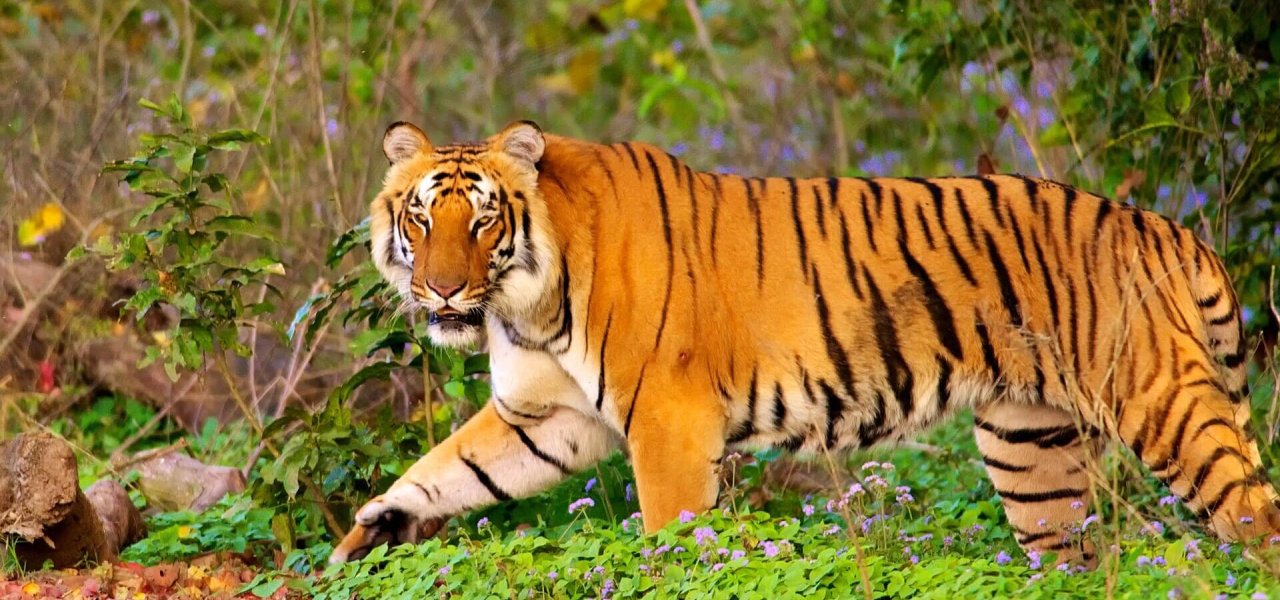
Why Visit:
India’s oldest national park offers the best chance to see tigers in the wild. It’s also perfect for family trips, nature stays, and river-side resorts. The bird-watching experience during winters is unmatched.
As India’s first national park, Jim Corbett has earned legendary status. Located in the Nainital district, this park is world-renowned for its Bengal tiger population and dense Sal forests. Corbett offers Jeep safaris, elephant rides, and bird-watching experiences, but what many don’t know is that the Sitabani and Durga Devi zones offer forest trekking experiences too. With over 600 species of birds, leopards, elephants, and crocodiles, it’s a wildlife enthusiast’s dream come true.
2. Valley of Flowers National Park – A Blooming Heaven
-
Best Season: July to September (full bloom season)
-
Altitude: 3,200 m to 6,675 m
-
Sightseeing Highlights:
-
Endless meadows of blue poppies, orchids, and Himalayan bellflowers
-
Glacial streams and waterfalls
-
Rare wildlife like Himalayan Monal and blue sheep
-

Why Visit:
This UNESCO World Heritage Site is a living canvas of colors. The 10 km trek from Ghangaria is steep yet magical. Monsoon months transform the valley into a wonderland. Photographers and botanists from around the world flock here.
Perched at an altitude of over 12,000 feet in the Chamoli district, the Valley of Flowers is a UNESCO World Heritage Site that comes alive during the monsoon months of July to September. Famous for its colorful alpine meadows, this park is accessible only by trekking from Govindghat via Ghangaria. The moderate 10–12 km trek rewards you with endless vistas of orchids, poppies, and blue Himalayan flowers, alongside chances of spotting snow leopards and Himalayan monals in the upper reaches.
3. Nanda Devi National Park – Where Peaks and Wildlife Meet
-
Best Season: May to October (restricted entry)
-
Altitude: 2,100 m to 7,817 m
-
Sightseeing Highlights:
-
Nanda Devi peak – India’s second-highest
-
Deep gorges, high alpine meadows
-
Rare flora like Brahma Kamal, and elusive snow leopards
-
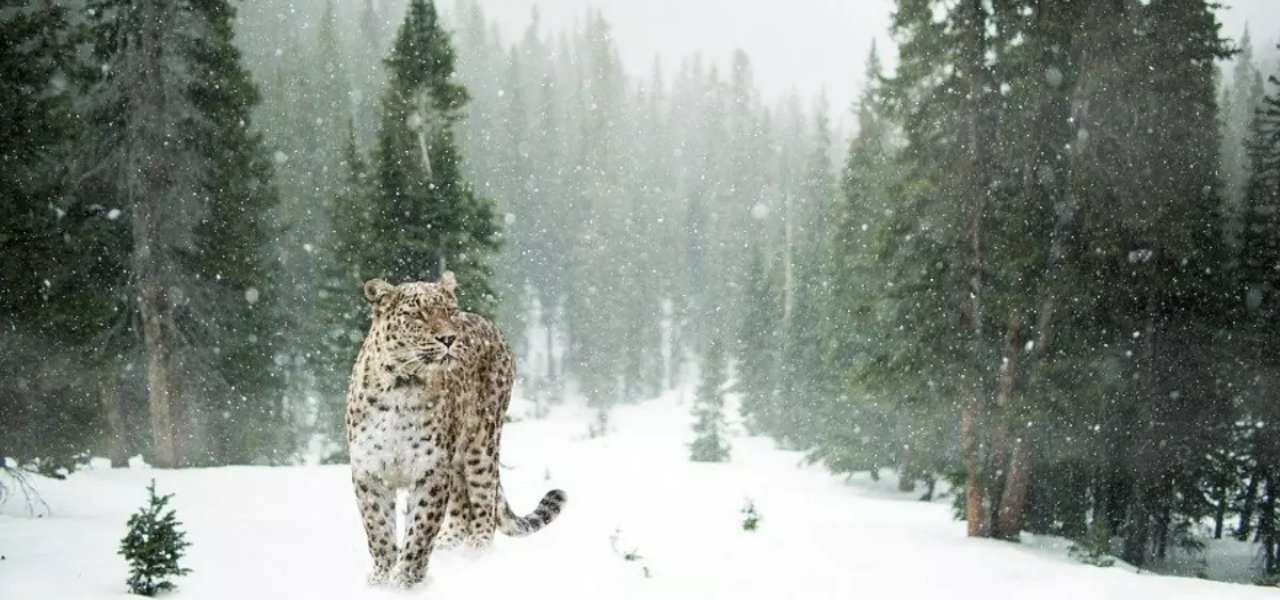
Why Visit:
Due to its fragility, most of the park is restricted. But nearby treks like Nanda Devi Base and Sanctuary offer glimpses of untouched nature. It’s raw, remote, and unforgettable.
Sharing its World Heritage tag with the Valley of Flowers, the Nanda Devi National Park is more rugged, remote, and dramatic. Home to India’s second-highest peak, Nanda Devi (7,816 m), the park lies within a deep gorge and is protected by towering mountains. Though access is limited to preserve its fragile ecosystem, guided treks like the Milam Glacier or Nanda Devi Inner Sanctuary trail offer glimpses into this wild, high-altitude ecosystem. It’s also home to species like musk deer, snow leopards, and bharal (blue sheep).
4. Rajaji National Park – Elephants and Eco Trails
-
Best Season: November to March
-
Altitude: 300 m to 1,350 m
-
Sightseeing Highlights:
-
Asian elephants in Chilla and Motichur zones
-
Jungle safari near Haridwar and Rishikesh
-
Forest trails and Shivalik foothills
-

Why Visit:
It’s one of the most accessible parks, just a short drive from Haridwar. A great weekend wildlife getaway for those visiting Rishikesh or Mussoorie. Perfect for winter safaris and photography.
Situated near the spiritual city of Rishikesh and spreading across Haridwar, Dehradun, and Pauri districts, Rajaji is perfect for those seeking both wildlife and short treks. The park is famous for its large population of Asian elephants, leopards, and sloth bears. What makes Rajaji unique is its proximity to cities, making weekend treks and eco-trails very accessible. The Chilla range is particularly popular for jeep safaris and jungle walks.
5. Gangotri National Park – Glaciers, Trekking & High-Altitude Wildlife
-
Best Season: May to October (closed in winter)
-
Altitude: 1,800 m to 7,100 m
-
Sightseeing Highlights:
-
Gaumukh glacier (source of River Ganga)
-
Tapovan meadows and Mount Shivling
-
Rare wildlife like snow leopards, ibex, Himalayan blue poppy
-
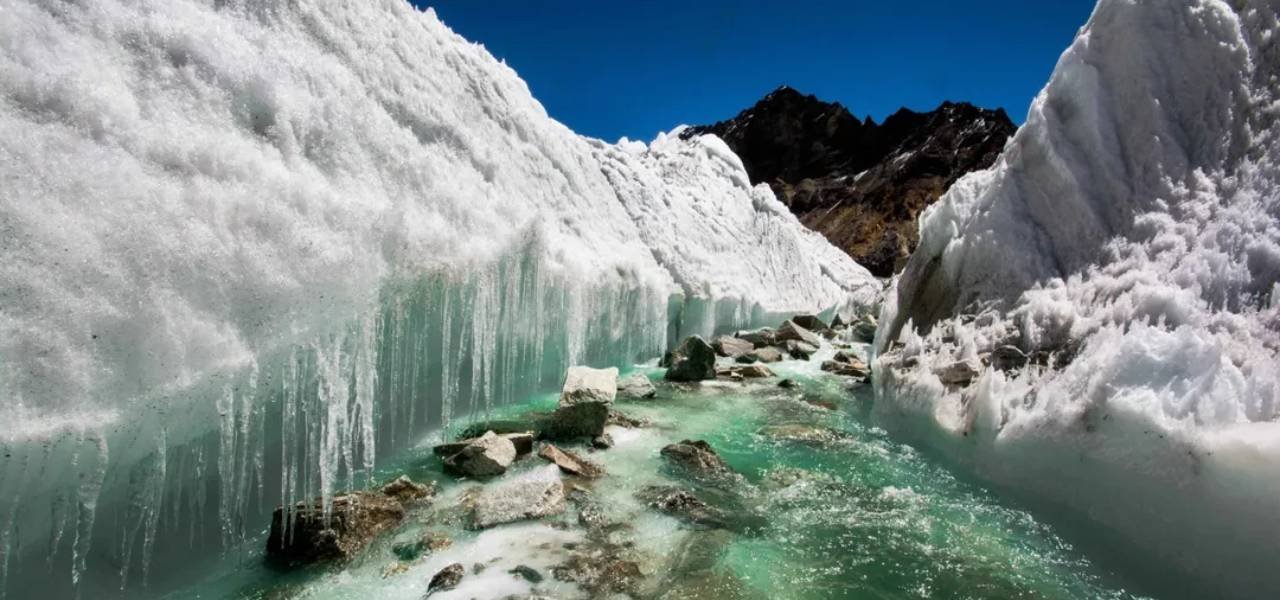
Why Visit:
It’s a sacred and scenic blend of spirituality and high-altitude trekking. The Gaumukh-Tapovan trek is both challenging and heavenly. Perfect for serious trekkers and spiritual seekers.
Located in the upper reaches of Uttarkashi, Gangotri National Park is one of India’s largest high-altitude national parks. It covers the origin of the sacred River Ganga at Gaumukh and offers dramatic trekking trails like the Gaumukh-Tapovan, Kedar Tal, and Nandanvan routes. Trekkers encounter surreal glacier landscapes, meadows (bugyals), and species such as ibex, snow leopards, and Himalayan tahrs. It’s a raw and remote experience for serious trekkers and wildlife lovers alike.
6. Govind National Park – The Hidden Gem of Uttarkashi
-
Best Season: May to June, September to October
-
Altitude: 1,400 m to 6,300 m
-
Sightseeing Highlights:
-
Har Ki Dun Valley, Ruinsara Lake, Bali Pass
-
Traditional wooden villages and lush forests
-
Himalayan black bears, monals, and glacier rivers
-
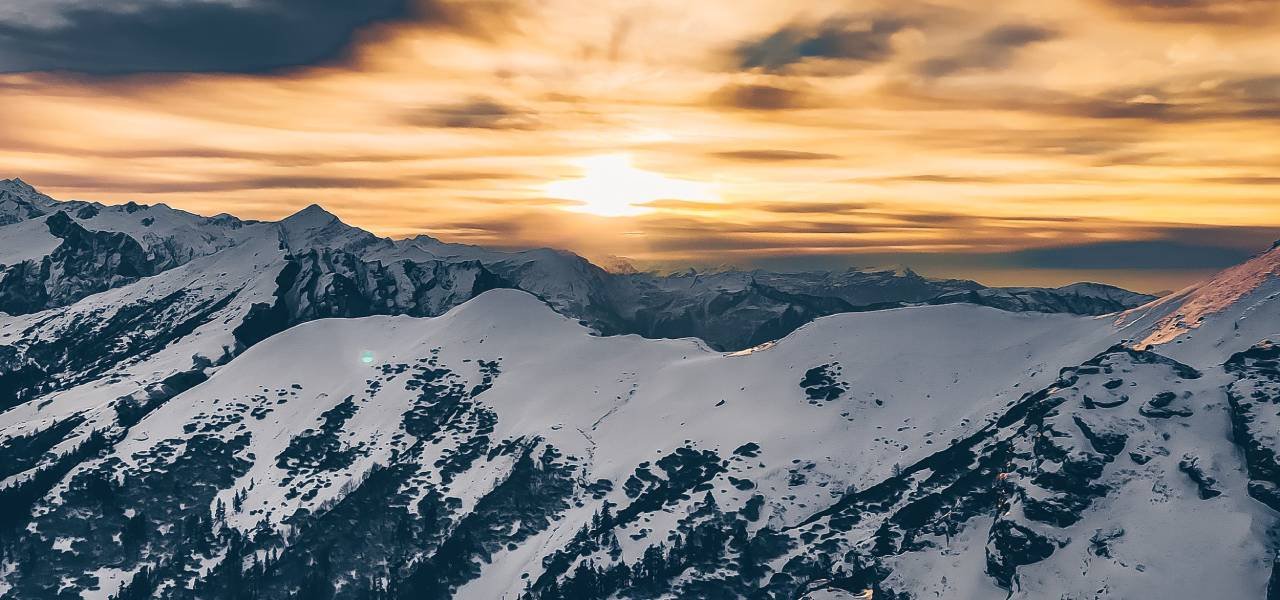
Why Visit:
Govind National Park is often overlooked but is a hidden jewel for trekkers. Located in the Supin valley of Uttarkashi, this park is home to iconic Himalayan treks like Har Ki Dun, Bali Pass, and Ruinsara Tal. The region is filled with lush forests, alpine lakes, and quaint villages. Wildlife sightings include Himalayan black bears, musk deer, and the elusive snow leopard. The park also promotes eco-tourism and responsible trekking through local village participation.
Essential Guidelines for Trekking in Uttarakhand’s National Parks
1. Get Forest Permits & Entry Passes
-
Every national park in Uttarakhand requires an entry permit from the Forest Department of Uttarakhand.
-
For trekking zones like Valley of Flowers, Gangotri, and Govind National Park, prior registration and permits are mandatory.
-
Some areas (like the Nanda Devi Sanctuary) may also need Inner Line Permits (ILP) due to restricted access.
Tip: If you book with licensed agencies like Himalayan Hikers, these formalities are taken care of for you.
2. Stick to Designated Trails Only
-
Never deviate from the marked trails.
-
Off-trail hiking can disturb fragile ecosystems and put you at risk of getting lost or encountering wild animals.
-
Follow signboards and trek leaders carefully.
3. Follow a Strict Zero-Waste Policy
-
Don’t leave behind wrappers, plastic, bottles, or tissues.
-
Bring reusable water bottles and avoid single-use plastic.
-
Carry your waste back to the base camp and dispose of it properly.
4. Respect Wildlife
-
Do not feed, tease, or go near wild animals.
-
Maintain silence and avoid using flash photography.
-
If you spot a wild animal on the trail, quietly retreat or stay still — remember, this is their home.
5. No Fire or Smoking Inside Forest Areas
-
Bonfires, smoking, and lighting matches are strictly prohibited.
-
Forests in Uttarakhand are dry in summer and highly fire-sensitive.
-
Even small sparks can trigger major forest fires.
6. Protect Water Sources
-
Never use soap, detergent, or shampoo in rivers or streams.
-
Carry purification tablets or filters if you need to drink water from natural sources.
-
Respect the sanctity of Himalayan rivers — many are considered sacred.
7. Be Prepared for High Altitude
-
Many parks are above 3,000 meters and pose a risk of Altitude Sickness (AMS).
-
Acclimatize slowly, hydrate well, and avoid alcohol or overeating.
-
Carry a basic first-aid kit, Diamox (only after doctor consultation), and know the symptoms of AMS.
8. Respect Local Culture and Sacred Sites
-
Many trekking trails pass through sacred lands and temples (like Gangotri, Har Ki Dun).
-
Dress modestly, avoid loud music, and never touch religious icons without permission.
-
Some parks ban drones and loud photography equipment.
9. Pack Light but Smart
-
Pack in layers: quick-dry base layers, warm mid-layers, waterproof outerwear.
-
Must-haves: trek shoes, gloves, thermal wear, reusable bottle, energy bars, headlamp, and rain cover.
-
Carry ID proof and a copy of your permits.
10. Follow Certified Trek Guides
-
Solo trekking is discouraged, especially in remote and high-altitude parks.
-
Local guides understand the terrain, weather, wildlife, and emergency protocols.
-
Always follow your trek leader’s instructions — conditions can change rapidly in the Himalayas.
Park-Specific Rules (Quick Reference)
| National Park | Special Instructions |
|---|---|
| Valley of Flowers | No camping allowed inside; entry allowed only from 7 am to 2 pm |
| Jim Corbett | No walking allowed in core zones; safaris must be pre-booked |
| Nanda Devi | Entry restricted; only selected treks permitted under eco-rules |
| Gangotri | Group size limits apply; no plastic above Gangotri temple allowed |
When & Where – Season Wise Trekking Tips
| Season | Ideal Parks | Highlights |
|---|---|---|
| Spring (Mar–May) | Gangotri, Govind, Corbett | Clear skies, wildlife sightings, pleasant weather |
| Monsoon (Jul–Sep) | Valley of Flowers | Full bloom, colorful landscapes (avoid jungle safaris) |
| Autumn (Sep–Oct) | Nanda Devi, Govind, Gangotri | Golden forests, crisp air, perfect trekking season |
| Winter (Nov–Feb) | Corbett, Rajaji (low zones) | Elephant safaris, birding, fog-covered jungles |
Final Thoughts
The national parks of Uttarakhand are not just protected forests — they are living stories of nature, adventure, and preservation. Whether you want to walk through fields of flowers in monsoon, track tiger trails in a jungle safari, or scale a snow-capped trail in the high Himalayas, these parks offer it all. As 2025 unfolds, let these wild and wonderful landscapes remind you that true beauty still lives where nature is left untouched. Trekking in Uttarakhand’s national parks is not just a thrill — it’s a responsibility. You’re stepping into some of India’s most sensitive ecosystems and sacred landscapes. Following these guidelines ensures you leave behind only footprints and take back only memories. Whether you’re looking for tiger sightings in dense jungles, wildflower-covered meadows, or spiritual high-altitude treks, the national parks of Uttarakhand offer it all. Each park has its own rhythm — some bloom in monsoon, some come alive in winter fog, and others whisper through alpine silence. Your choice depends on what your heart seeks: thrill, peace, or pure wilderness.

